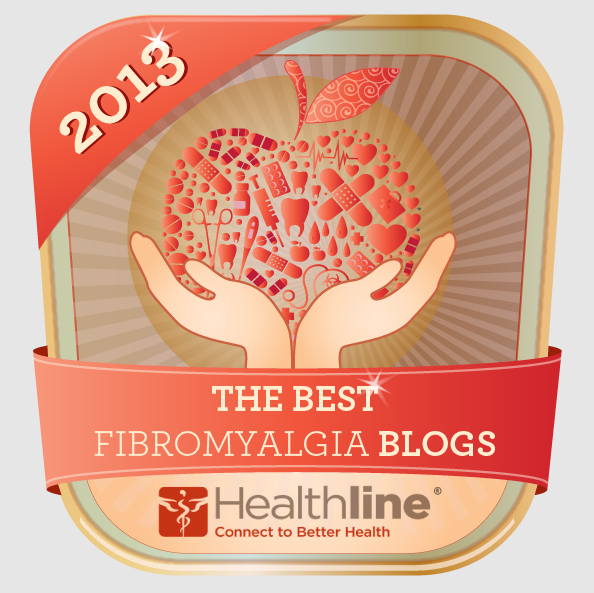Tuesday, February 15, 2011
ALTERNATIVE METHODS TO MANAGING PAIN
Today is a departure from my usual posts.
I have a guest.
Welcome Eric Stevenson!
Alternative Methods for Managing Pain
Western medicine is often poorly equipped to deal with chronic pain. Health care professionals tend to subscribe to a “battle” perspective on illness – fighting and vanquishing the enemy disease – rather than one of constant vigilance and management. Whether dealing with a chronic illness like fibromyalgia or symptoms of mesothelioma, an incurable cancer, people with pain-causing disease often must look elsewhere for help. Maia Szalavitz, correspondent for MSN’s Health and Fitness, researched the following non-pharmaceutical activities for managing pain:
Massage
Receiving a massage can help alleviate some kinds of body pain, but giving a massage can actually reduce stress hormones. A 1998 study showed that elderly patients who massaged infants were less likely to need to visit their doctors. Most doctors recognize that touch is a factor in social support, which is crucial to living well with chronic illness.
Volunteering
Offering your time or giving gifts to others can counteract feelings of helplessness that sometimes come with unmanageable pain. Scientists at Boston College actually found a direct link between volunteering and pain reduction after six months. Depression and pain-related disability decreased, as well.
Acupuncture
While acupuncture has not shown to be significantly effective in clinical trials, part of the reason may be that, unlike giving a sugar pill, it is extremely difficult to fake acupuncture in order to conduct the required trials. Though acupuncture may not work for everyone, anecdotal evidence suggests it is sometimes helpful for pain. Even the placebo effect provides some relief.
Exercise
Daniel Clauw, director of the Chronic Pain and Fatigue Research Center at the University of Michigan, points to exercise as the most effective treatment for the chronic pain of fibromyalgia. He is quick to mention, however, that overdoing it can make the pain worse, and he therefore recommends starting slowly and building up to more strenuous activities at your own pace.
Therapy
Treating pain with psychological therapy is not the same as saying “it’s all in your head.” Mood and thought can increase or decrease perception of pain, and some cognitive behavioral techniques can help chronic pain patients manage feelings of helplessness and regain some control over their attitude toward their illness.
Meditation
Meditation practices that promote “mindfulness,” or being in the moment, can also reduce perception of pain. Wake Forest University neurobiologist Fadel Zeidan found that even as few as three 20-minute meditation training sessions helped college students withstand greater amounts of pain.
These methods may not be appropriate or helpful for everyone with chronic pain. For example, someone with mesothelioma symptoms like shortness of breath may be unable to exercise, and someone with chronic fatigue syndrome who requires all her energy to work may be unable to volunteer. However, when pharmaceutical treatments have proven ineffective or insufficient, it is worth looking into alternatives.
Thanks Eric for your post!
Subscribe to:
Post Comments (Atom)













Before I became an RN, I was an Esthetician. I miss giving facials and massage...because, even though I wasn't the one receiving the treatments...it was so relaxing for me. The fluid motions of your hands, the smells of lavender, the dim lights and soft music!
ReplyDeleteI might just have to quit my job and go back to the spa! Haha!
Also...learned my lesson with the overdoing it with exercise yesterday! Took a yoga class to feel better...but it was Bikram...which is quite advanced and in 105 degree heat...today I wanna die! Not to mention I almost passed out in class. Ooops!